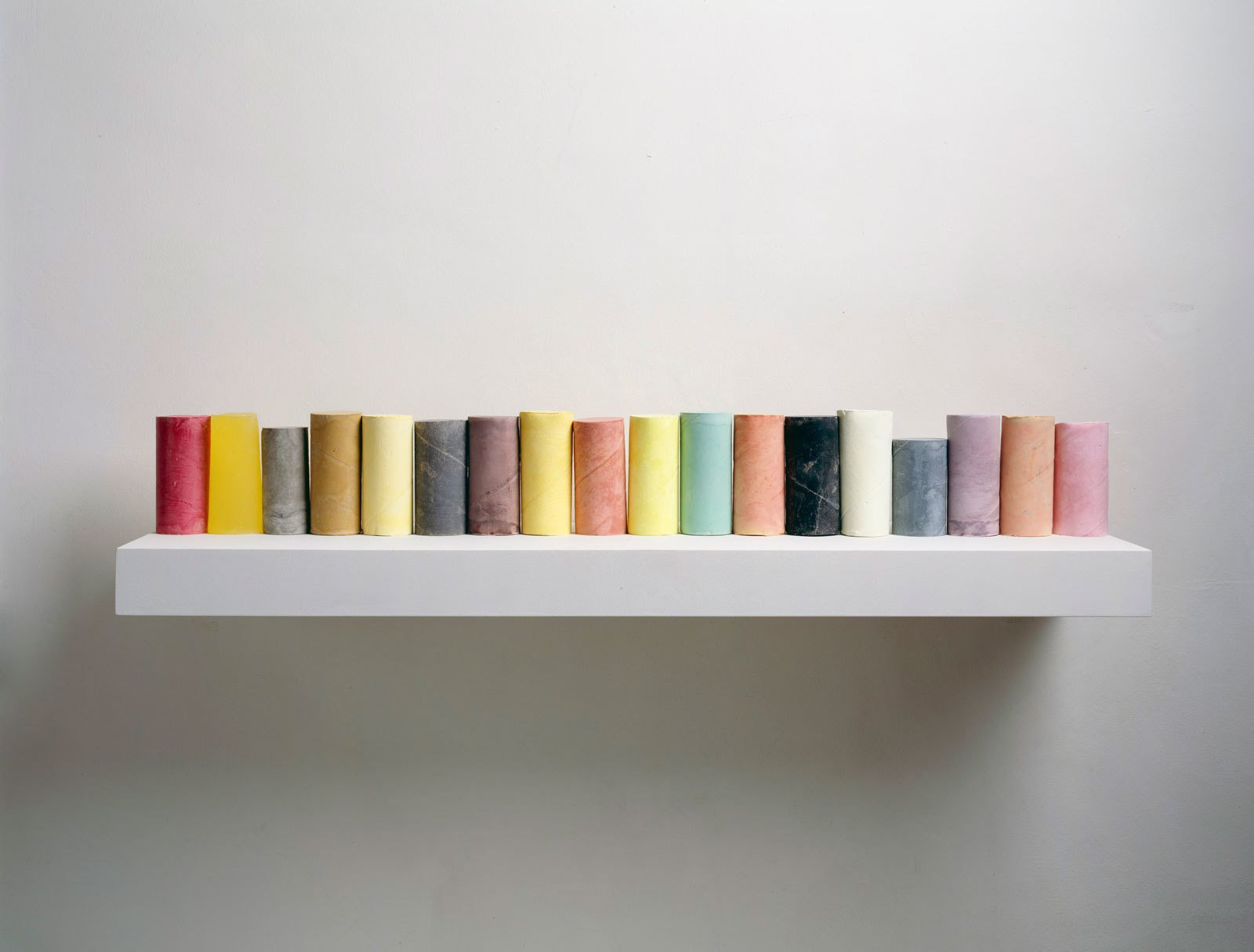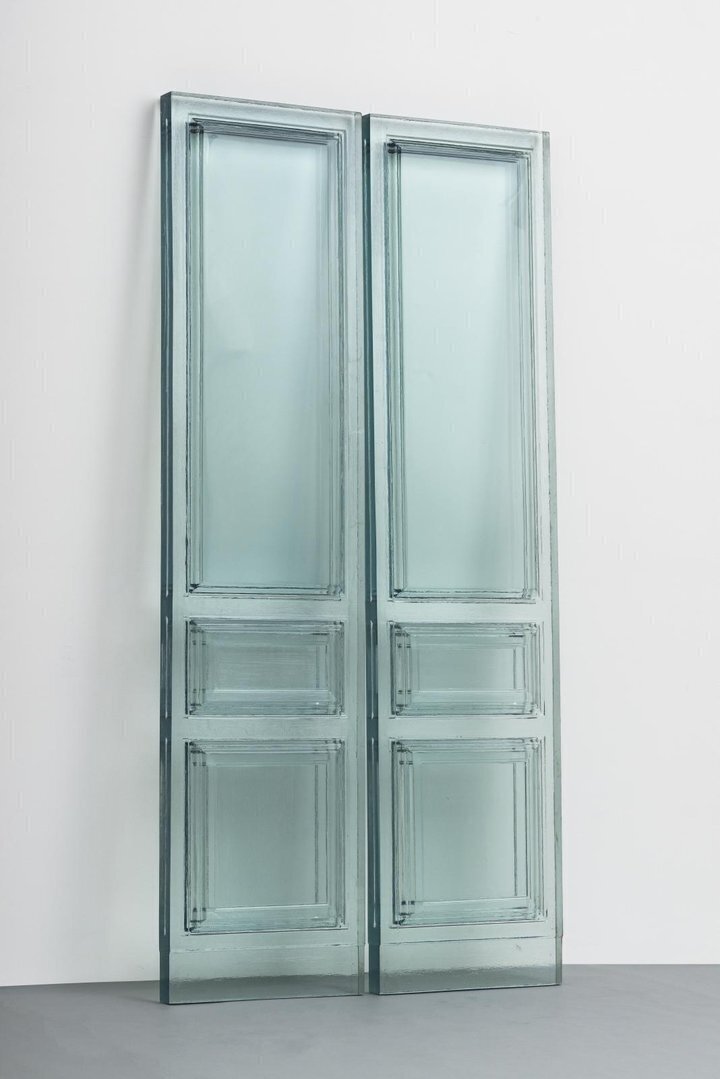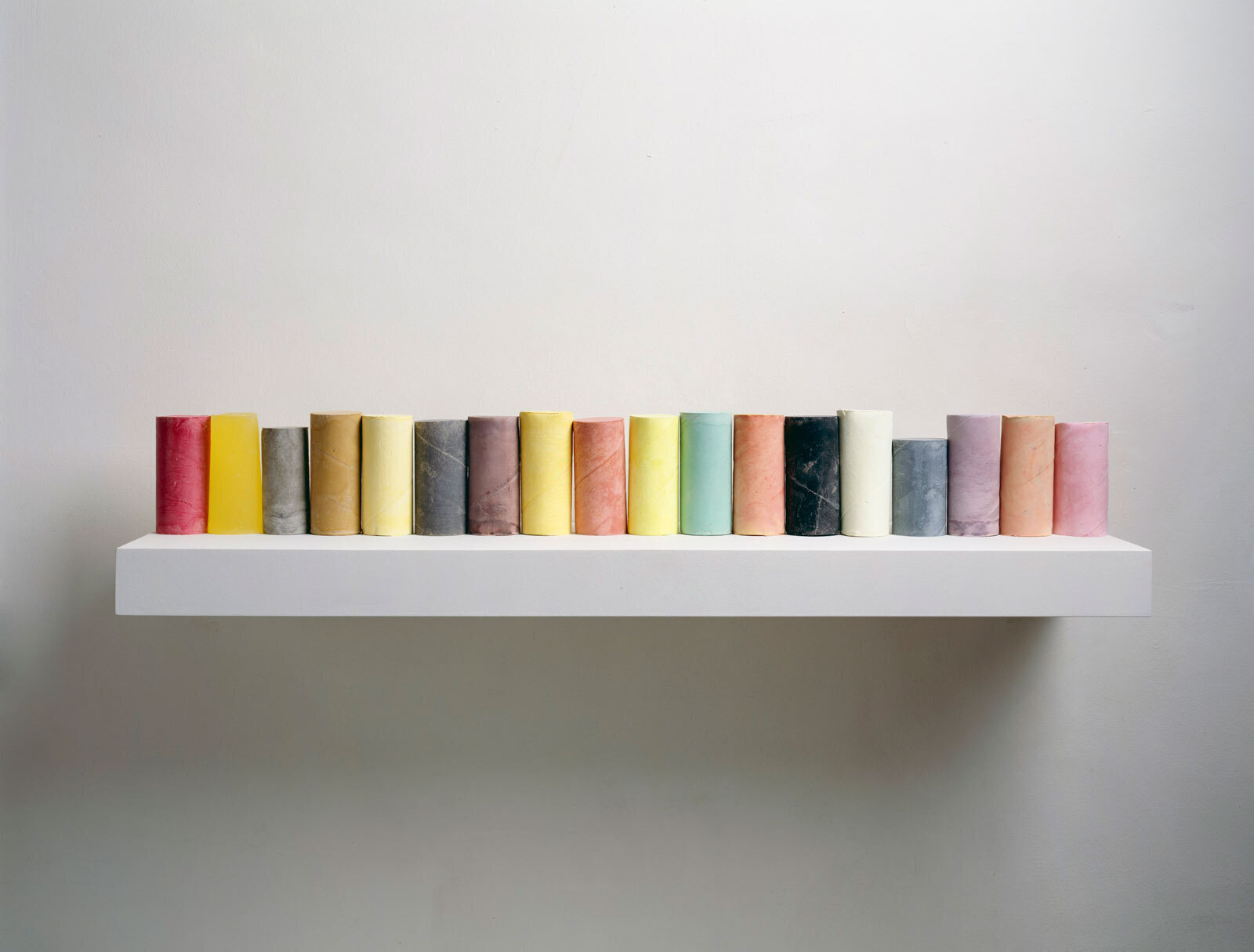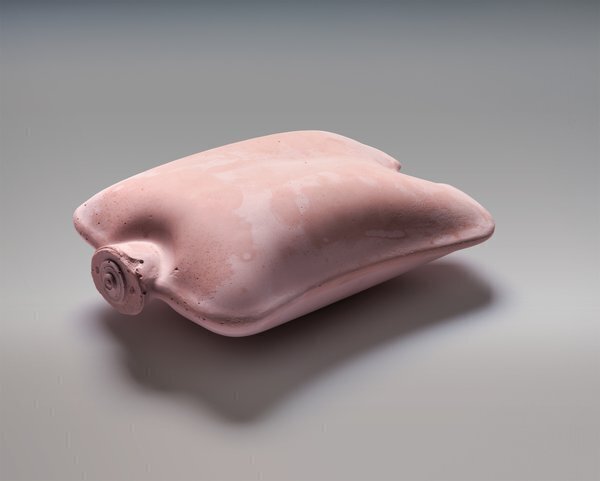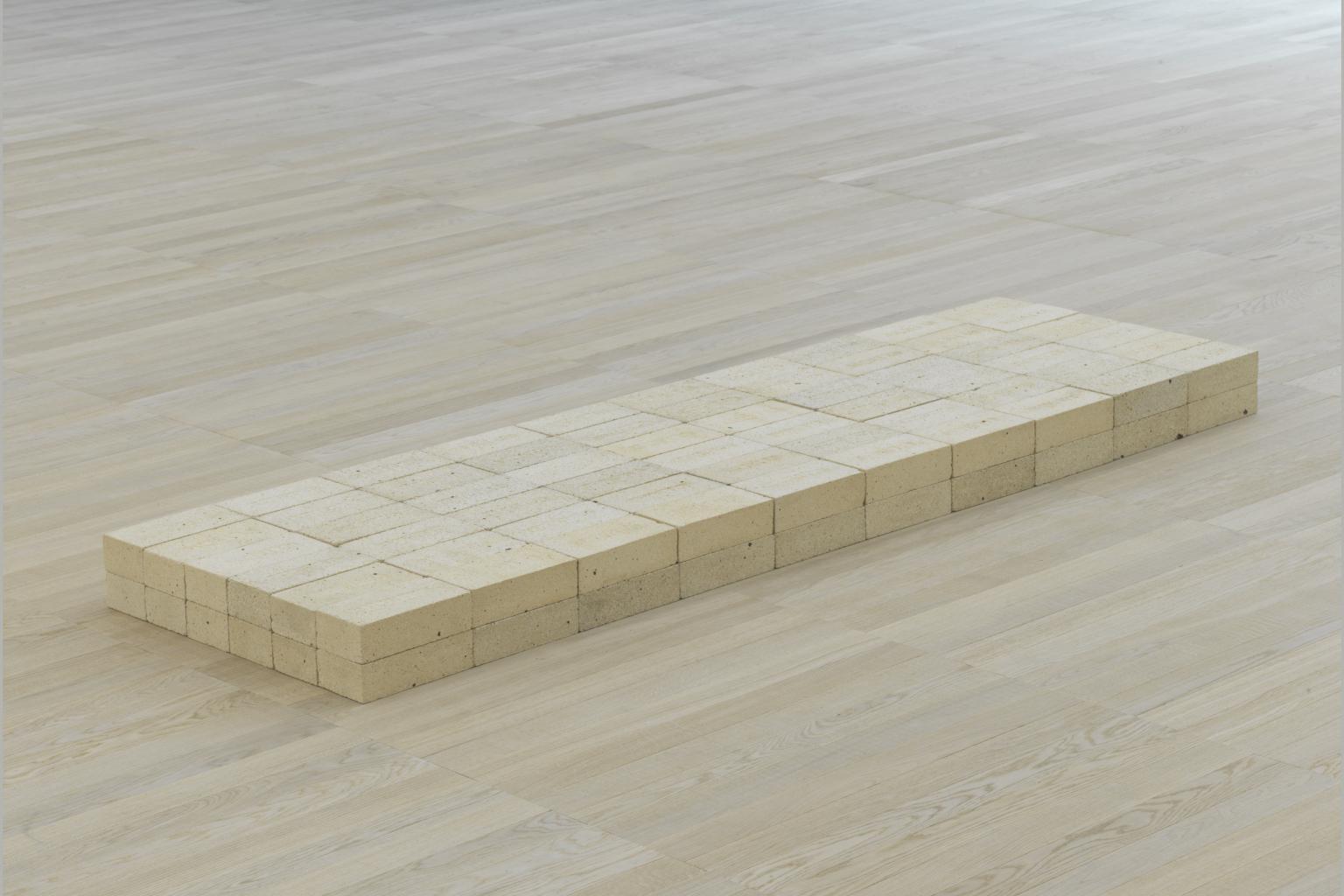Irina Kulik will draw a parallel between ideas and artworks of two living legends, who have made significant contributions in the evolution of postwar sculpture.
Carl Andre (b. 1935) is the founder and, along with Donald Judd and Robert Morris, one of the leading representatives of Minimalism as a movement in contemporary art. As a young man, he worked at the railroad while sharing a studio with Frank Stella gradually developing his own style that would radically change the understanding of sculpture as a medium. In the early 1960s, Andre began working with geometrical abstraction creating identical three-dimensional objects from everyday and industrial materials, such as wood, metal, concrete, glass, and plastics. He is also known as author of poetry and critical texts, as well as an industrial designer whose minimalistic furniture bears the same aesthetic as his art pieces.
English sculptor Rachel Whiteread (b. 1963) belongs to the YBA generation—a milieu of artists who graduated from Goldsmiths College in the late 1980s. She is the first female Turner Prize winner (1993), author of one of the earliest Fourth Plinth commissions in Trafalgar Square (2001), the Embankment installation for Tate Modern’s Turbine Hall (2005), and the Holocaust Monument in Vienna (2000). Whiteread uses simple materials such as concrete, plastic, polyethylene, etc., for casting her sculptures and installations which usually represent replicas of mundane objects or entire buildings turned inside out. She also works with printing techniques, drawing, and other mediums, and actively engages in social and public art projects across Britain and the world.
